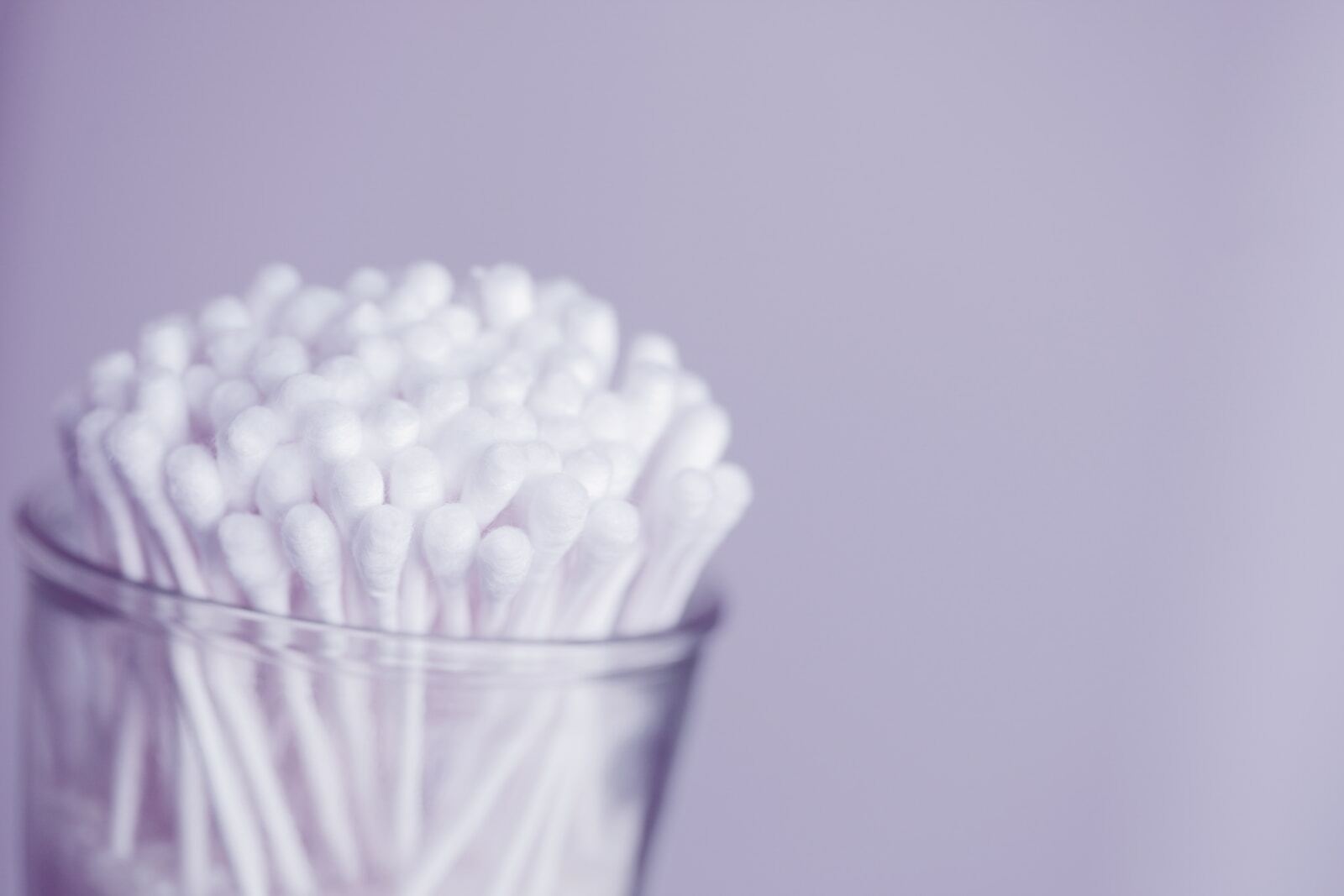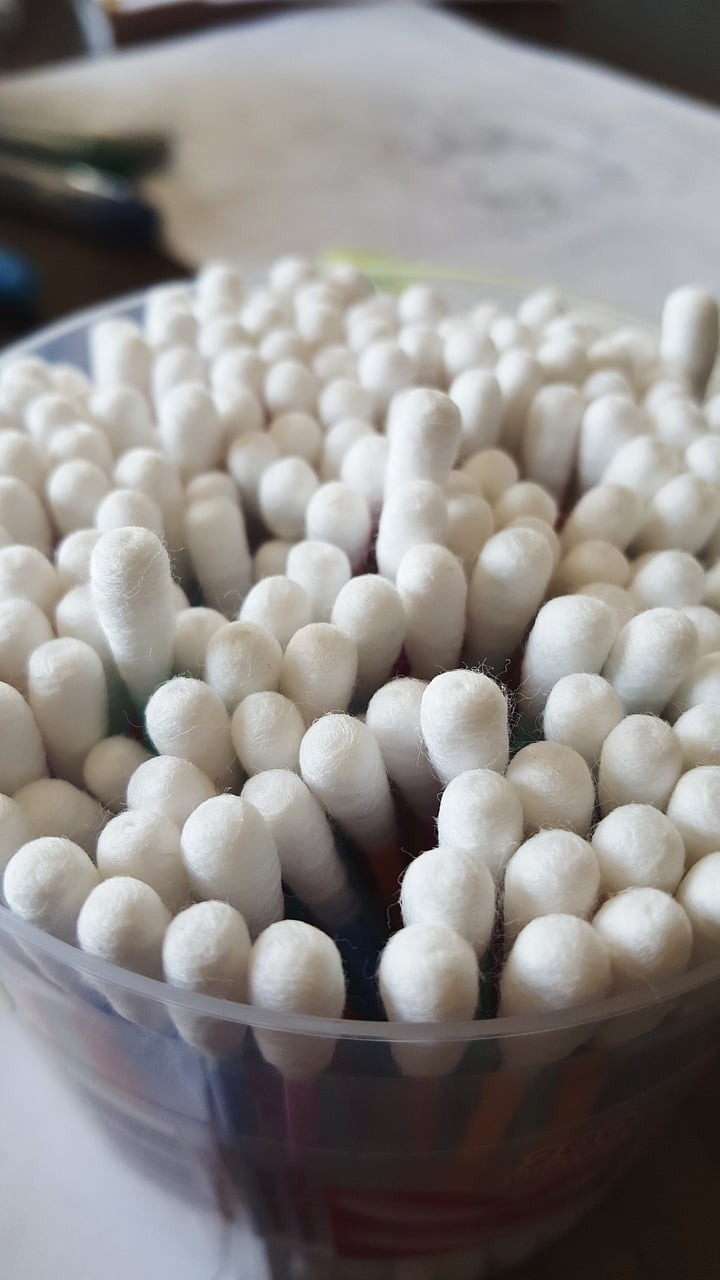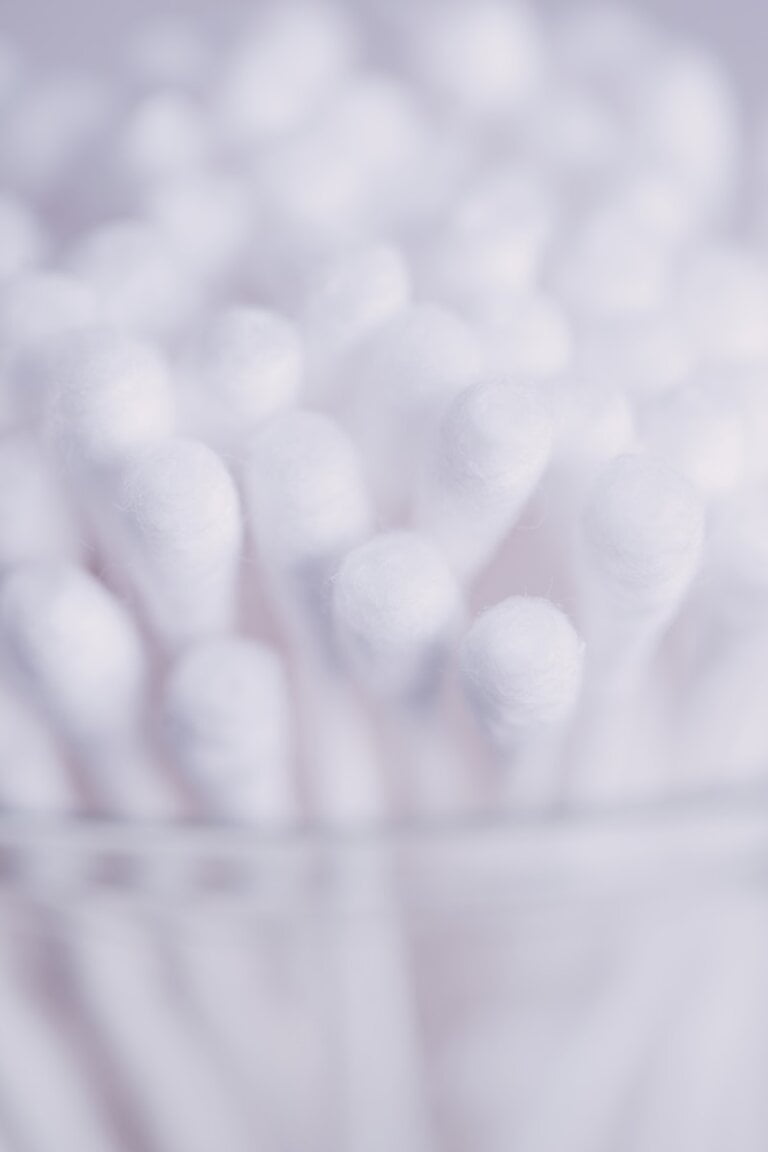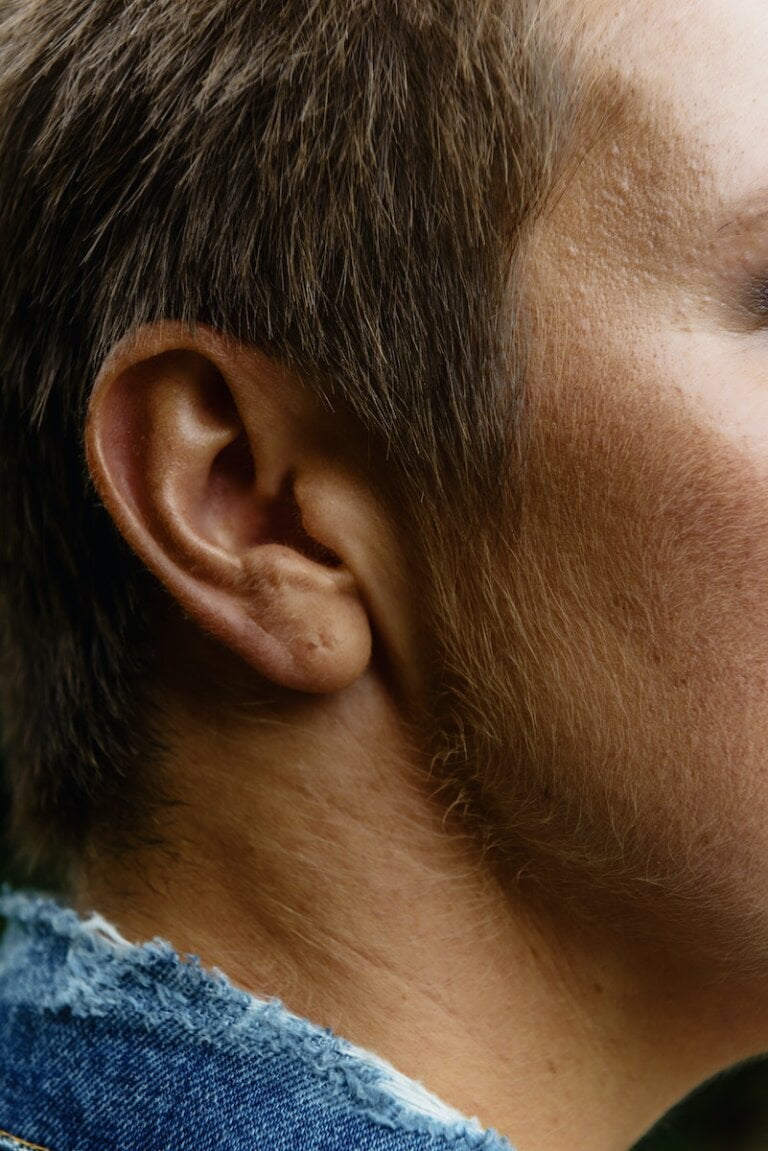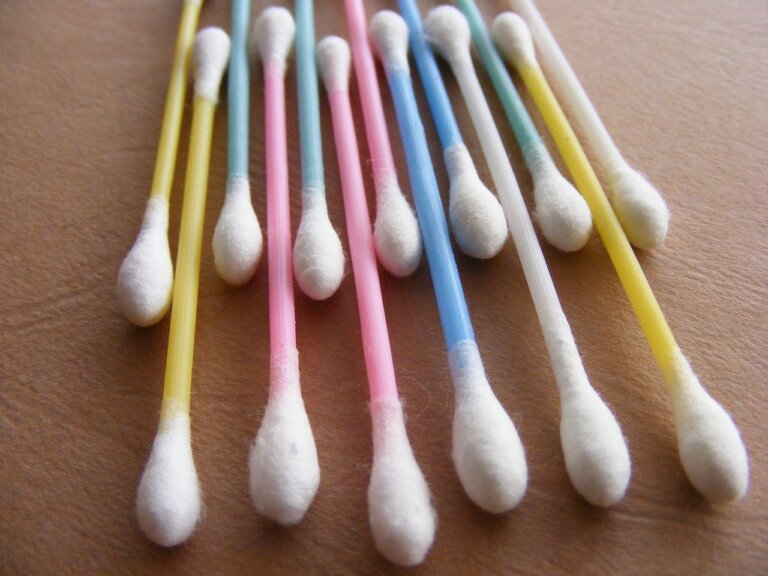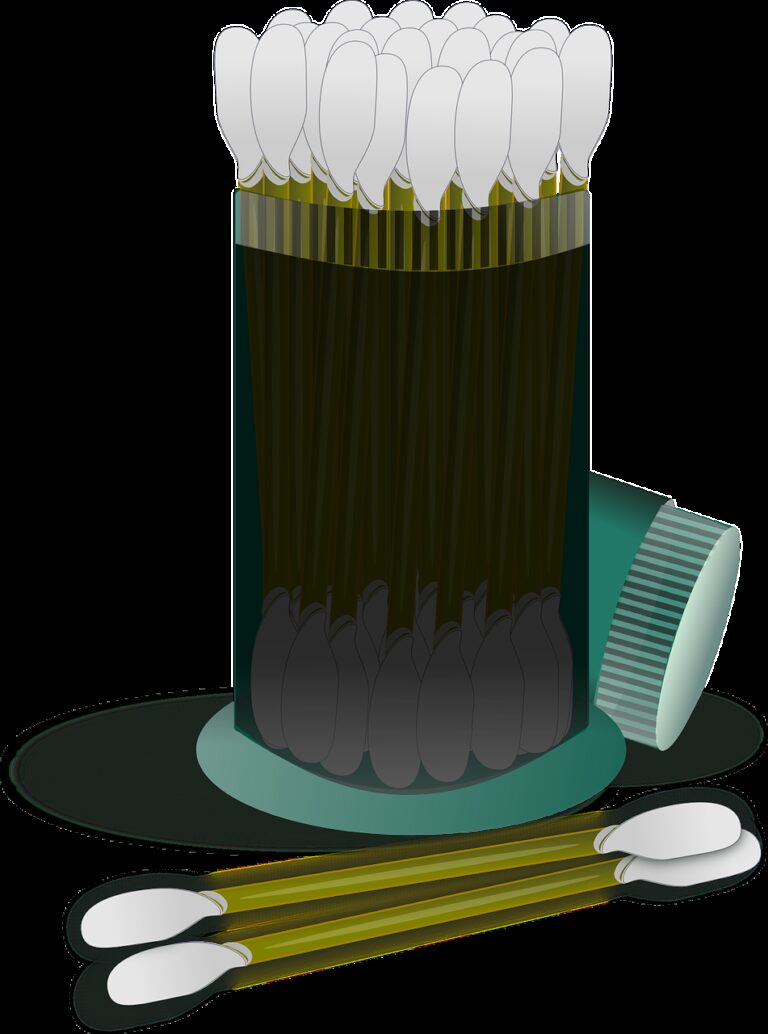Inside the Ear Canal: Understanding the Composition of Ear Wax
Ear wax, also known as cerumen, is a substance that is naturally produced by our bodies to protect the delicate structures inside the ear canal. While many people may find it unpleasant or bothersome, ear wax serves an important purpose in maintaining the health and functionality of our ears. In this article, we will delve into the composition of ear wax, its functions, and how to properly handle any issues related to it.
What is Ear Wax?
Ear wax is a yellowish, waxy substance that is secreted by specialised glands located in the skin lining the ear canal. It is composed of a combination of dead skin cells, hair, and secretions from the ceruminous glands. These glands are present in the outer one-third of the ear canal, and their main function is to produce cerumen.
The Composition of Ear Wax
Ear wax is primarily made up of a mixture of long-chain fatty acids, cholesterol, alcohols, squalene, and other secretions. These components work together to form a protective barrier that keeps the ear canal lubricated and prevents it from drying out.
Components of Ear Wax:
- Long-chain fatty acids: These are the main component of ear wax and contribute to its waxy texture. They help to form a protective layer that prevents the entry of water, dust, and foreign particles into the ear canal.
- Cholesterol: Cholesterol helps to maintain the consistency of ear wax and prevents it from becoming too dry or too runny. It also plays a role in the structural integrity of the wax.
- Alcohols: Alcohols, such as lactic acid and isopropanol, help to inhibit the growth of bacteria and fungi in the ear canal. They act as natural antimicrobial agents, protecting the ear from infections.
- Squalene: Squalene is a natural oil that helps to moisturize the skin of the ear canal. It prevents the skin from becoming dry and maintains its elasticity.
These components work together to create a self-cleaning and protective environment within the ear canal.
Functions of Ear Wax
Ear wax plays several important roles in maintaining the health and functionality of our ears. Some of its primary functions include:
1. Protection:
Ear wax acts as a protective barrier that prevents dust, debris, and foreign particles from entering the ear canal. It acts as a natural filter, trapping any unwanted substances and preventing them from reaching the delicate structures of the inner ear. This protective function helps to reduce the risk of infections and damage to the ear.
2. Lubrication:
The oily nature of ear wax helps to lubricate the skin lining the ear canal, preventing it from drying out and becoming itchy or irritated. This lubrication also aids in the movement of the jaw during chewing and talking, reducing friction and preventing discomfort. It ensures smooth and comfortable jaw movements.
3. Self-cleaning:
Ear wax has a self-cleaning mechanism that helps to remove any trapped debris or dead skin cells from the ear canal. The movement of the jaw helps to push the old ear wax towards the ear opening, where it naturally dries up and falls out or is washed away during regular hygiene practices. This self-cleaning mechanism helps to maintain the cleanliness of the ear canal and prevent blockages.
4. Natural Antibacterial Properties:
Ear wax contains certain components, such as alcohols, that have natural antibacterial properties. These properties help to keep the ear canal clean and prevent the growth of harmful bacteria or fungi that may cause infections. The antibacterial properties of ear wax contribute to the overall health and well-being of the ears.
Dealing with Ear Wax Buildup
While ear wax is necessary for ear health, in some cases, it can accumulate and cause discomfort or hearing problems. Here are some tips on how to handle ear wax buildup:
1. Avoid Inserting Objects:
It is important to avoid inserting objects, such as cotton buds, hair pins or devices that can be purchased online into the ear canal to remove ear wax. These objects can push the wax further into the ear canal, potentially causing blockages or injury to the delicate structures inside. Instead, use methods that are safe and recommended by healthcare professionals.
2. Seek Professional Help:
If you experience symptoms of ear wax buildup, such as earache, partial hearing loss, or a sensation of fullness in the ear, it is advisable to seek professional help from a healthcare provider. They can perform a thorough examination of your ears and determine the best course of action. A healthcare professional can safely remove excess ear wax or recommend appropriate treatment options.
3. Microsuction:
In some cases, healthcare providers may recommend microsuction to remove excess ear wax. This procedure involves using a gentle vacuum to remove the built up wax from the ear. Microsuction is a safe and less invasive procedure for removing excess wax and is suitable for most people, unlike other methods such as irrigation which carry more complications to the procedure and is not suitable for everyone. Which is why at Hearing First we NEVER use irrigation.
4. Avoid Excessive Cleaning:
While it is important to maintain good ear hygiene, excessive cleaning or frequent removal of ear wax can disrupt the natural self-cleaning mechanism of the ear. This can lead to dryness, itching, or an increased production of wax, resulting in further complications. It is best to allow the ear wax to naturally migrate out of the ear canal and only clean the outer part of the ear with a damp cloth.
Conclusion
Understanding the composition and functions of ear wax is essential in maintaining optimal ear health. Despite its often misunderstood reputation, ear wax plays a crucial role in protecting the ear canal, providing lubrication, and preventing infections. By knowing how to properly handle ear wax buildup and seeking professional help when necessary, we can ensure the well-being of our ears and enjoy optimal hearing abilities.
FAQ
- What is ear wax? Ear wax, also known as cerumen, is a yellowish, waxy substance that is secreted by specialised glands located in the skin lining the ear canal. It is composed of dead skin cells, hair, and secretions from the ceruminous glands.
- What are the components of ear wax? Ear wax is primarily made up of long-chain fatty acids, cholesterol, alcohols, and squalene. These components work together to form a protective barrier, lubricate the ear canal, and prevent infections.
- What are the functions of ear wax? Ear wax has several important functions, including protection against dust and foreign particles, lubrication of the ear canal, self-cleaning mechanism, and natural antibacterial properties.
- How should I deal with ear wax buildup? It is important to avoid inserting objects into the ear canal to remove ear wax. Instead, seek professional help if you experience symptoms of ear wax buildup. A healthcare provider can safely remove excess wax or recommend appropriate treatment options, such as microsuction. Avoid excessive cleaning and only clean the outer part of the ear with a damp cloth.

